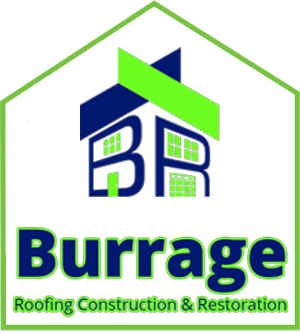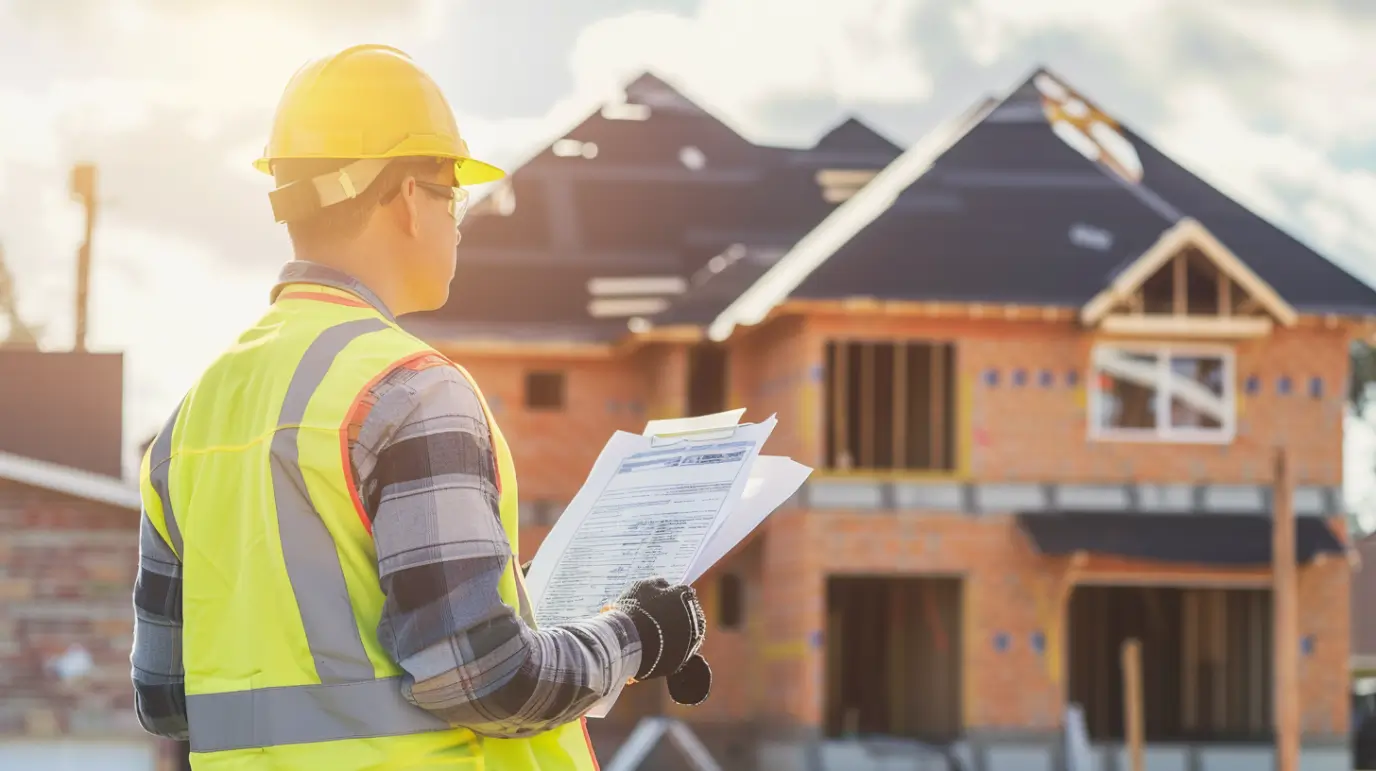When planning a roofing project, roof decking is crucial for strength and functionality. Understanding the differences between plywood and OSB is essential, as each offers unique benefits in moisture resistance and structural integrity. At Burrage Roofing, we have over 30 years of experience focusing on quality workmanship. We ensure homeowners in East Moline, IL receive the best roofing materials to meet their needs. So, which option is right for your home? Let’s explore.
Understanding Roof Decking: The Foundation of Your Roof
Roof decking, or sheathing, serves as the foundational support for your roofing system. A strong deck is crucial; without it, shingles and other roofing components may fail under weight.
This layer distributes weight, enhances structural integrity, and protects against wind and rain. In Illinois, choosing the right decking material is vital due to varying weather conditions. When deciding between plywood and OSB, consider longevity, moisture resistance, and cost. Proper moisture management and durability ensure your roof withstands humid climates for years to come.
Contact Us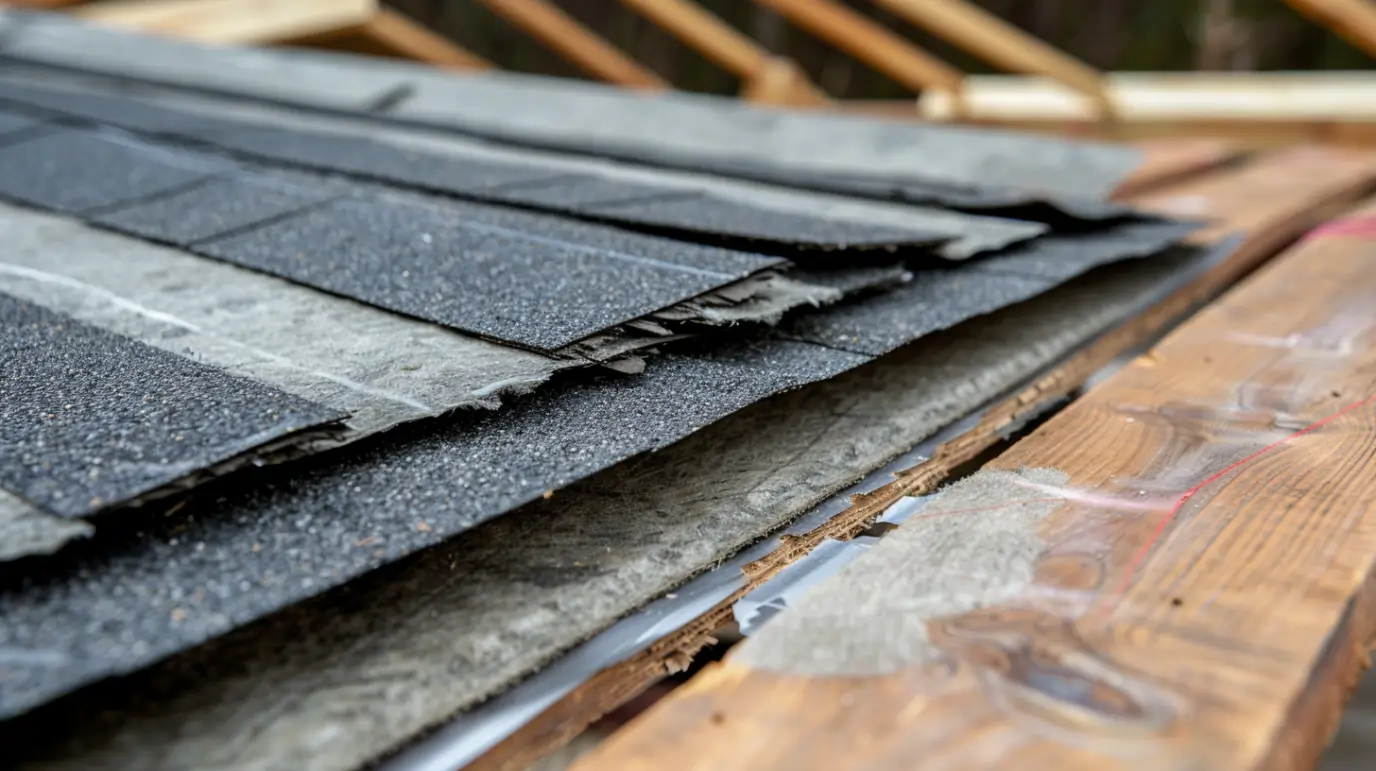
What Is Roof Decking?
Roof decking is the base layer that supports your roof, providing a foundation for shingles and other materials. Typically made of plywood or OSB, it ensures structural integrity by distributing weight across rafters and joists, providing additional structural support, minimizing sagging and protecting against wind and snow.
Choosing the right decking material is crucial for any roofing project, whether new or a repair. It affects quality, moisture protection, and overall strength. In humid climates like Illinois, understanding the differences between plywood and OSB is vital for making an informed decision. The right choice safeguards your property, maintains structural integrity, enhances strength, keeps moisture out, prolongs deck life, and optimizes your roofing system.
Common Materials Used for Roof Decking in the U.S.
In the U.S., two primary materials are used for roof decking: plywood and OSB (Oriented Strand Board). Both engineered wood products offer unique advantages for roofing.
Plywood consists of layers of veneers arranged at different angles, enhancing moisture resistance and stability. OSB is made by bonding wood strands with strong adhesives, resulting in a cost-effective and uniform appearance.
Both materials are effective for roof decking, each with its own pros and cons. The choice depends on your specific needs, such as moisture resistance or strength, making them versatile options in roofing applications.
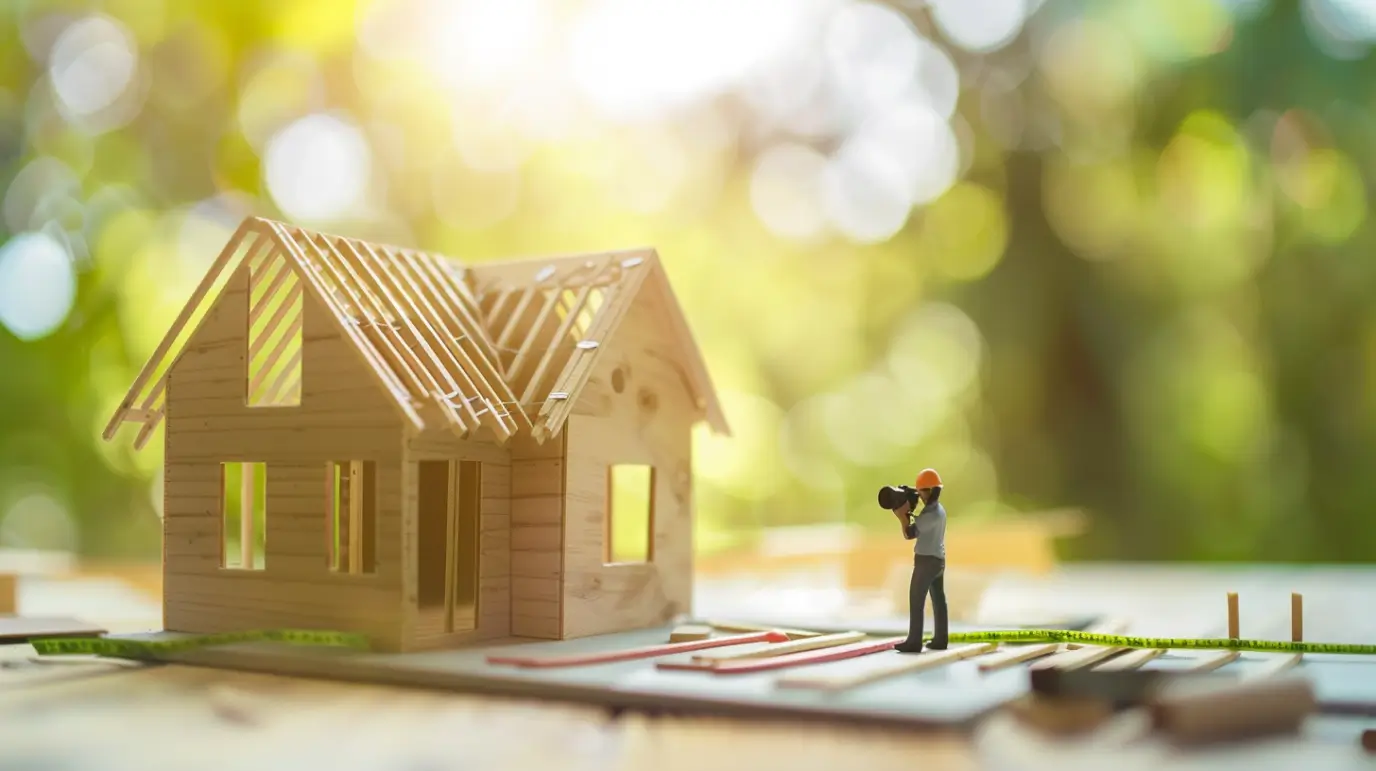
Plywood for Roof Decking
Plywood is an excellent choice for roof decking due to its strength and durability. Composed of multiple layers of wood arranged at right angles, it offers superior structural integrity.
Exterior-grade plywood is particularly effective for roofing, as it resists moisture, making it ideal for humid climates. Its robust construction allows it to endure harsh weather and stand the test of time, making plywood a top selection for roofing materials.
Strength, Performance, and Durability
Plywood provides exceptional strength for roofs, outperforming many other materials. Its cross-grain structure enhances structural support, preventing sagging under heavy loads or snow.
Durable and reliable, plywood is ideal for Illinois homeowners facing unpredictable weather, ensuring consistent support for years. It maintains its shape and stiffness under pressure, making it suitable for steep-slope roofs while enduring daily wear.
For long-lasting protection and stability against the elements, plywood is an excellent roofing choice.
Moisture Resistance and Longevity
Plywood is renowned for its better moisture resistance and long-term durability, making it an excellent choice for roofing, especially in humid climates like Illinois.
- Exterior-grade plywood (CDX) resists moisture, minimizing warping and decay.
- Its cross-grain structure reduces voids, enhancing strength and water resistance.
- Proper installation ensures plywood’s longevity, offering a cost-effective solution over time.
In areas with heavy rain or high humidity, plywood outperforms OSB in moisture resistance. Its durability has made it a preferred option for homeowners seeking lasting value in roofing.
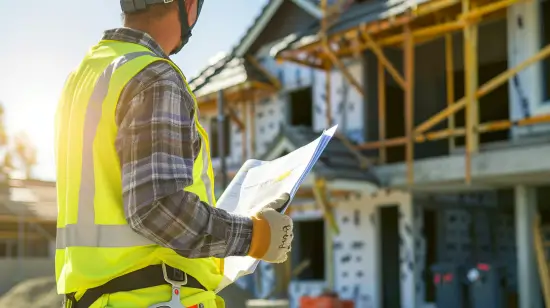
OSB for Roof Decking: Features and Benefits
Oriented Strand Board (OSB) is a strong, affordable option for roofing. Made from glued wood strands formed into mats, OSB panels are durable and reliable. Their consistent structure simplifies installation, making them a cost-effective choice without compromising strength. OSB effectively balances performance and price for dependable results in roofing projects.
Structural Qualities and Cost Advantages
OSB is strong and budget-friendly. Its manufacturing process aligns wood strands to enhance strength and stiffness.
Costing less than plywood, OSB provides adequate support for roofing projects, making it an ideal choice for cost-conscious homeowners.
- OSB panels are lightweight yet durable.
- Their uniformity allows for quick installation, reducing labor time and costs.
- This material offers savings without sacrificing performance.
When comparing OSB to plywood for roofing, consider your specific needs and potential challenges. OSB delivers necessary support while saving you money, perfect for small or new home projects.
Limitations and Considerations for Illinois Weather
OSB adds strength to a roof deck but has drawbacks, particularly regarding moisture. In Illinois’ humid climate, homeowners face unique challenges with OSB.
When exposed to moisture, OSB can swell at the edges, compromising the roof’s integrity. Prolonged exposure to water can lead to warping and weakness.
Illinois experiences fluctuating moisture levels and heavy rain, increasing the risk of rot in OSB. It’s crucial to apply protective coatings when installing the roof deck.
Homeowners should weigh these disadvantages and costs before choosing OSB. Addressing its limitations can result in a durable, effective roof deck.
Get in Touch
Choosing between plywood and OSB for your new roof decking can be challenging. Consider strength, durability, moisture resistance, and cost. Both materials have advantages and limitations, especially in East Moline’s climate. Assess these factors to ensure a long-lasting, reliable roof.
At Burrage Roofing, we have over 30 years of experience in exterior restoration and roof repairs. Our team can help you select the best option for your roofing project. Contact us today for a personalized quote tailored to your commercial needs!
Read our blog: Using Moisture Meters to Detect Leaks
Frequently Asked Questions
Which is better for roof decking in East Moline, plywood or OSB?
When choosing between plywood and OSB for roof decking in East Moline, consider factors like structural integrity, moisture resistance, and cost. Plywood typically offers better durability, while OSB may provide cost advantages, depending on local climate conditions and specific project requirements.
How does Midwest weather affect plywood and OSB performance?
Midwest weather, characterized by humidity and temperature fluctuations, can influence plywood and OSB differently. Plywood often performs better in moisture resistance, while OSB may swell or delaminate under extreme conditions. Both materials require proper installation to enhance their durability in such climates.
